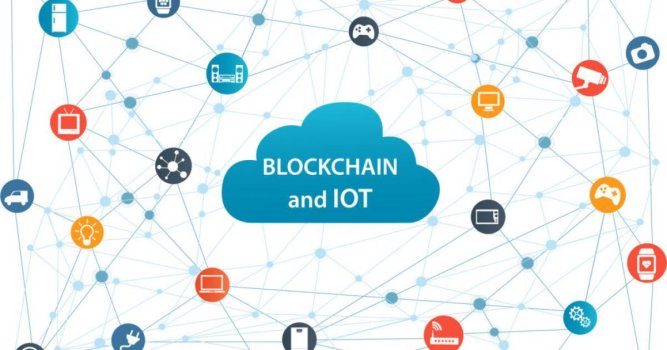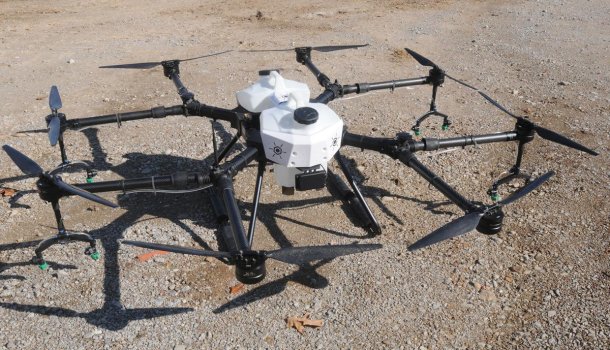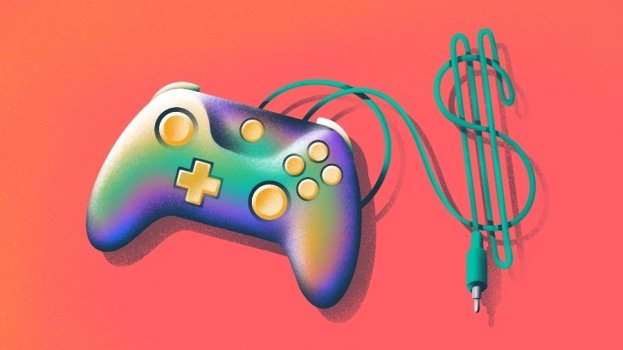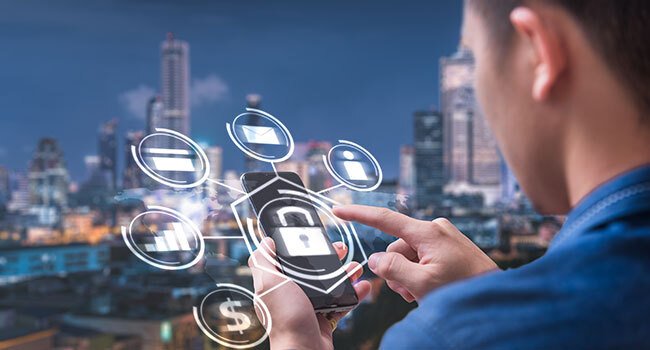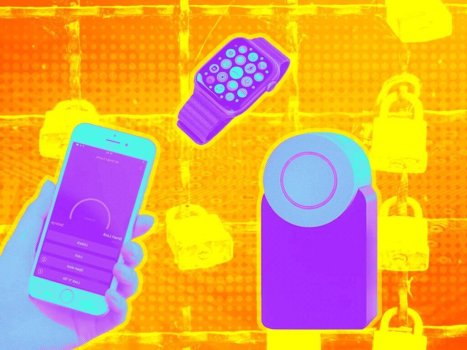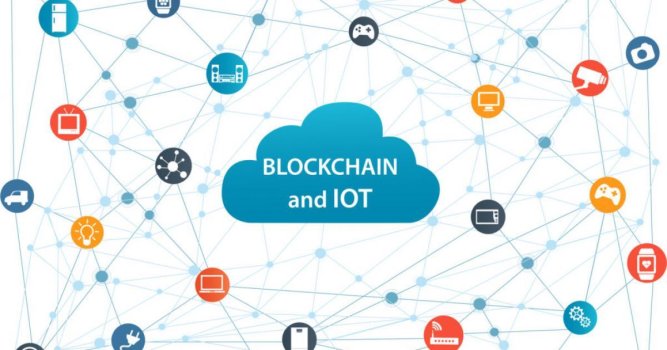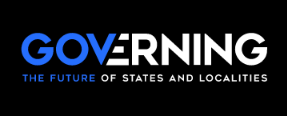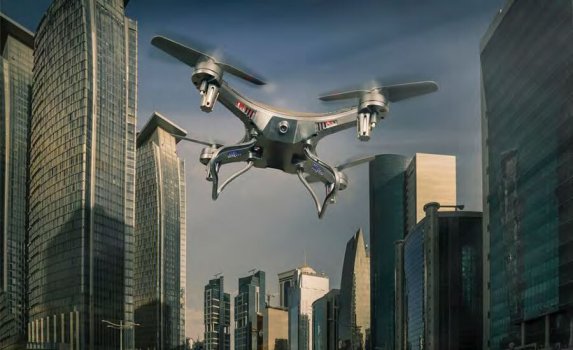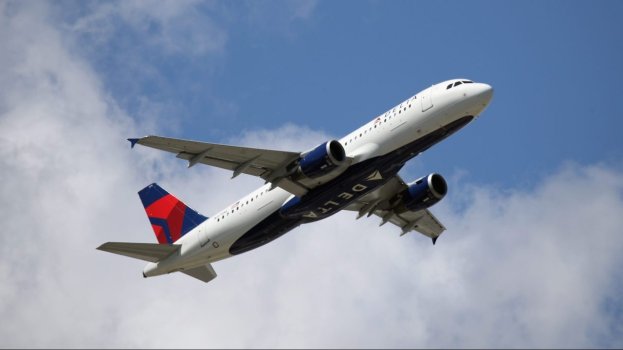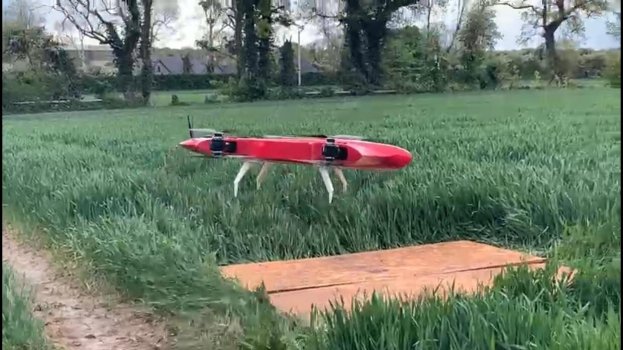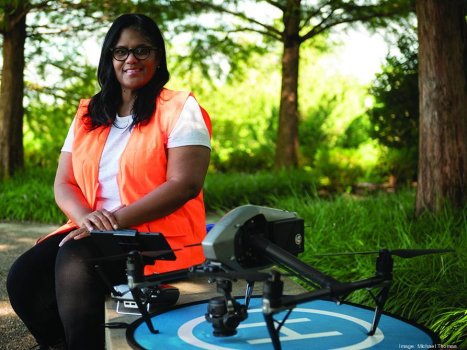What Will Blockchain Do for Business?
- Technology Solutions
- 0 Replies
These days, even living under a rock might not be enough to avoid hearing about blockchain. The technology behind cryptocurrency and non-fungible tokens, blockchain is being hailed by tech experts as everything from a useful tool for tracking assets to the inevitable replacement for the internet.
Blockchain seems to be an exciting tech opportunity for businesses - buy why? Here are a few ways business leaders can utilize blockchain to make their organizations faster, safer and smarter than other businesses.
The Benefits of Blockchain
In truth, the full scope of applications for blockchain technology is not well understood because the tech is relatively new. Though plenty of tech experts have experimented with blockchain, business leaders in other industries are only just beginning to consider how they might integrate blockchain into their existing systems and structures. As blockchain spreads, business leaders will undoubtedly discover more applications for the tech. To speed such innovation, leaders might spend time on an online blockchain course from a leading university, so they can learn how to apply blockchain to their business and better understand the tech and its benefits, which include:
Continue reading: https://www.techtimes.com/articles/268730/20211130/what-will-blockchain-do-for-business.htm
Blockchain seems to be an exciting tech opportunity for businesses - buy why? Here are a few ways business leaders can utilize blockchain to make their organizations faster, safer and smarter than other businesses.
The Benefits of Blockchain
In truth, the full scope of applications for blockchain technology is not well understood because the tech is relatively new. Though plenty of tech experts have experimented with blockchain, business leaders in other industries are only just beginning to consider how they might integrate blockchain into their existing systems and structures. As blockchain spreads, business leaders will undoubtedly discover more applications for the tech. To speed such innovation, leaders might spend time on an online blockchain course from a leading university, so they can learn how to apply blockchain to their business and better understand the tech and its benefits, which include:
Continue reading: https://www.techtimes.com/articles/268730/20211130/what-will-blockchain-do-for-business.htm







